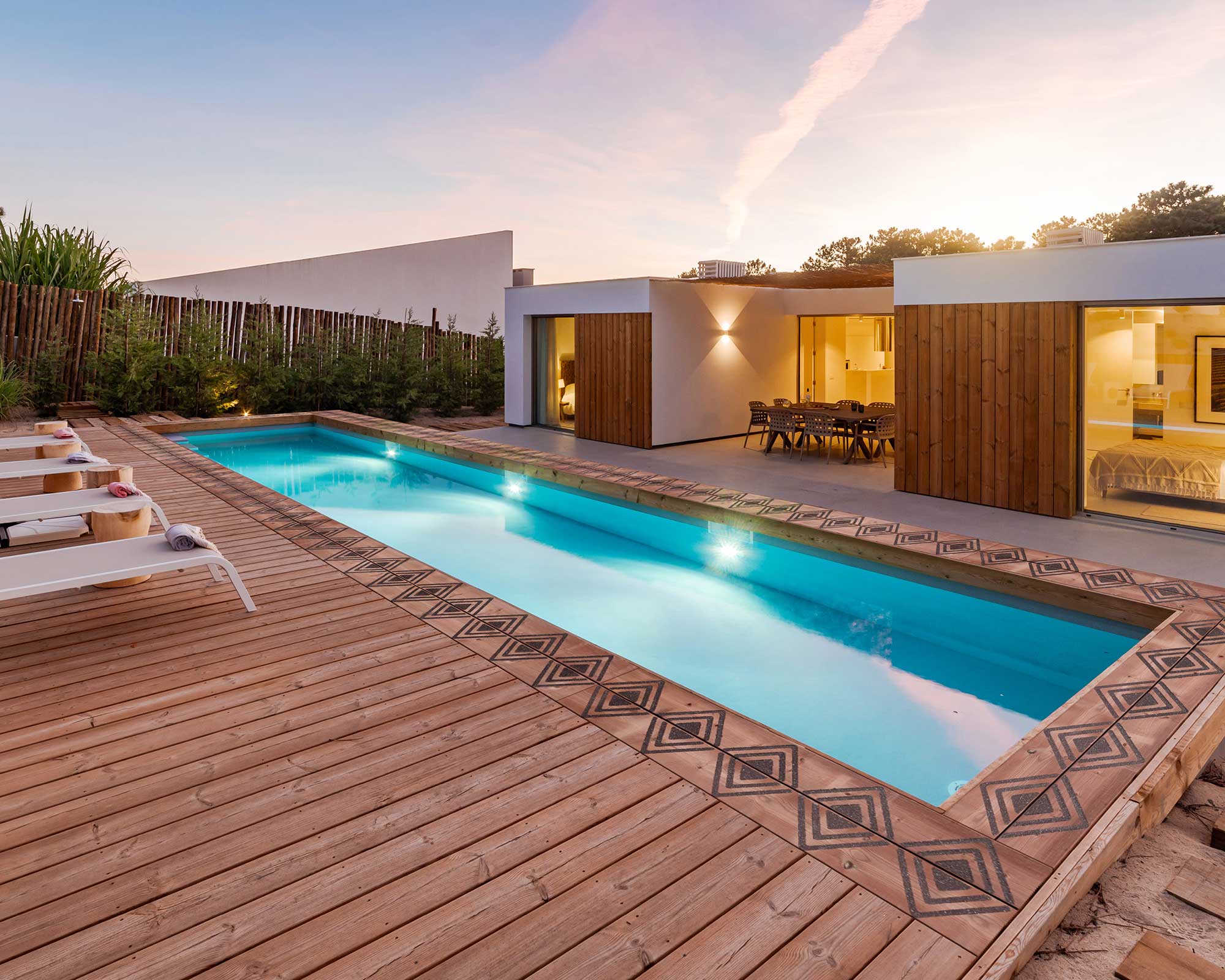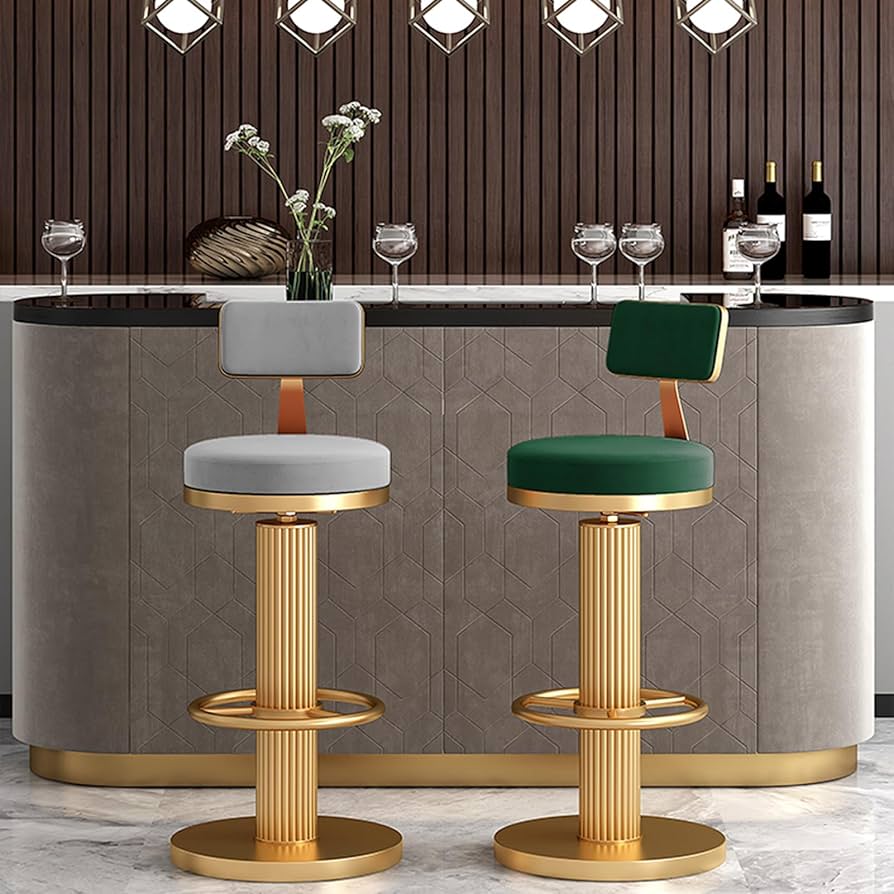Common Mistakes in Hotel Interior Design and How to Fix Them
Thứ 4, 20/08/2025
Administrator
82
Designing hotel interiors requires a balance between aesthetics, functionality, and guest experience. However, many projects still fall into common pitfalls that affect brand image and operational efficiency. In this article, Ngoc Hoang Anh highlights frequent mistakes and provides solutions based on real project experience.
1. Inconsistent Design Style
Hotel interiors lacking consistency in style lose their identity and professionalism. Mixing too many trends, changing direction midway, or not following a clear design concept can make spaces fragmented and forgettable.
1.1 Common Causes
-
Shifting design ideas during construction to chase trends or personal preferences.
-
Lack of an overall design concept from the beginning, leading to disjointed execution across areas.
1.2 How to Fix
-
Develop a comprehensive design package: concept, color palette, materials, furniture styles, and 3D renders to guide the entire project.
-
Maintain consistency across spaces: unify key colors, materials, and design language from lobby to guest rooms and service areas.
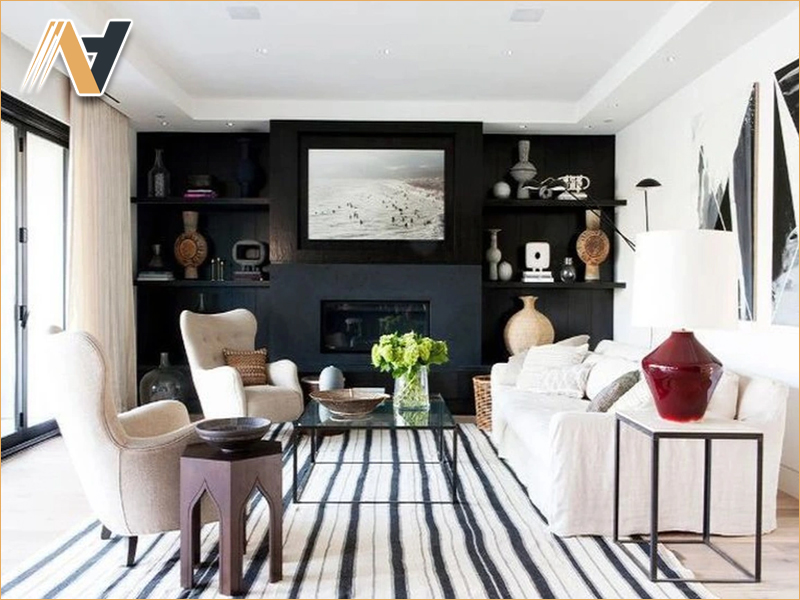
2. Poor Space Planning
A hotel may have beautiful interiors, but poor spatial planning directly affects guest comfort and operational flow. Inefficient layouts in lobbies, guest rooms, or service areas can feel cramped, confusing, and inconvenient.
2.1 Frequent Mistakes
-
Narrow corridors causing congestion, especially during peak check-in/out hours.
-
Poorly positioned functions: reception too far from elevators or dining areas detached from guest accommodations.
2.2 Optimal Solutions
-
Analyze guest and staff movement patterns to plan convenient, safe layouts.
-
Use 3D modeling to simulate flow, check visibility, and measure circulation space before construction.
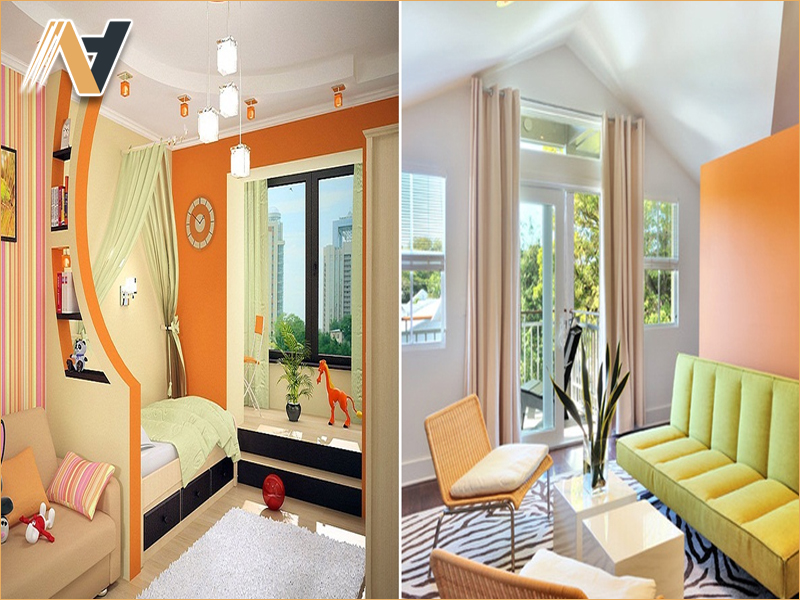
3. Inadequate Lighting
Lighting is crucial in shaping ambiance and aesthetics. Poor lighting can make spaces dark and unwelcoming, while overly harsh lighting causes discomfort and reduces relaxation.
3.1 Common Issues
-
Insufficient light intensity due to too few or low-capacity fixtures in large areas.
-
Wrong type of lights or color temperatures, e.g., harsh white light in bedrooms or warm yellow in workspaces.
-
Poor placement creating glare or uneven light distribution.
3.2 Solutions
-
Combine natural and artificial lighting through large windows or skylights.
-
Layer lighting: general lighting for uniform brightness, accent lighting to highlight reception desks, artwork, or key areas.
-
Choose appropriate color temperatures: warm (2700–3000K) for guest rooms, neutral white (3500–4000K) for work or meeting spaces.
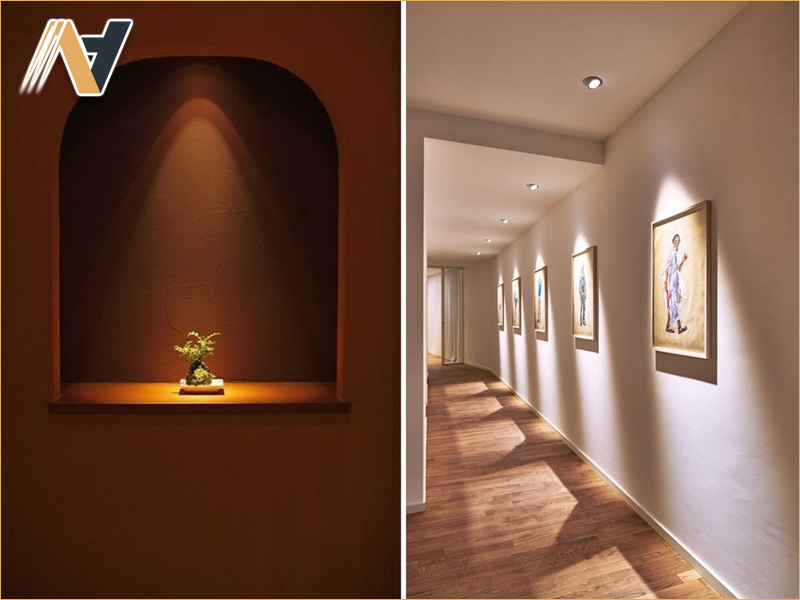
4. Using Low-Quality Materials
Substandard materials reduce interior lifespan and damage brand credibility. When furniture deteriorates quickly, hotels face higher replacement costs and diminished luxury appeal.
4.1 Long-Term Issues
-
Fast deterioration, e.g., cheap fabric upholstery fading or tearing within months, thin wooden floors warping under humidity.
-
Safety risks from fragile glass or rust-prone metals.
4.2 How to Fix
-
Select certified, guaranteed materials from trusted suppliers with proper documentation.
-
Prioritize sustainable, durable options: FSC-certified wood, responsibly sourced natural stone, stain-resistant fabrics, or rust-proof metals.

5. Overlooking Guest Experience
Some hotels focus heavily on visual appeal but neglect actual guest comfort. The result is aesthetically pleasing spaces that lack convenience, leading to guest dissatisfaction and reduced loyalty.
5.1 Common Causes
-
Design decisions driven purely by visuals, ignoring practicality.
-
Failure to define the target market (business travelers, families, leisure tourists), resulting in unsuitable interiors.
5.2 Solutions
-
Research guest needs via surveys and feedback to tailor design features.
-
Integrate comfort-focused details: accessible power outlets, spacious luggage areas, bedside reading lights, and soundproofing for privacy.
-
Conduct trial stays before opening to identify and correct usability issues.
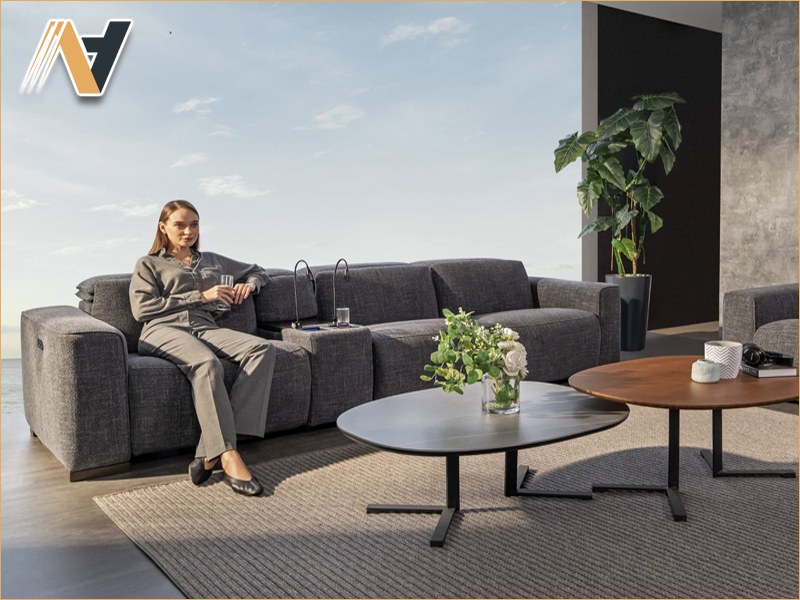
6. Ignoring Maintenance and Operations
Even the most impressive design loses value if difficult to clean, maintain, or repair. Poor planning increases operating costs and disrupts guest experience.
6.1 Common Problems
-
Higher cleaning costs due to easily stained or hard-to-clean materials.
-
Reduced operational efficiency if fixtures are fixed and hard to replace, causing downtime.
6.2 Solutions
-
Select easy-to-clean materials: matte stone tiles, stain-resistant fabrics, or nano-coated glass.
-
Use modular, removable designs for furniture and finishes to simplify repairs.
-
Implement scheduled maintenance to prolong durability and ensure consistency.
Conclusion
Meeting star rating standards is essential for enhancing hotel service quality, strengthening reputation, and attracting more guests. Hotel interiors play a decisive role in shaping the guest experience and overall satisfaction. If you are looking for a reliable partner in Vietnam hotel furniture OEM, Ngoc Hoang Anh is the trusted choice. With proven expertise, standardized production processes, and a strong commitment to quality, we deliver durable and stylish hotel furniture tailored to every project requirement. Contact us today for consultation and the best quotation for your hotel interior needs.
-----
NGOC HOANG ANH TRADING COMPANY LIMITED
Tax Code: 3702874413
Address: No. 288/28/10 Huynh Van Luy Street, Zone 7, Phu Loi Ward, Ho Chi Minh City, Vietnam
Warehouse: No. 1/91, Thuan Giao 02 Street, Binh Thuan 2 Residential Quarter, Thuan Giao Ward, Ho Chi Minh City, Vietnam
Phone/Whatsapp/Wechat: +84342076666
Email: info@ngochoanganh.com.vn

